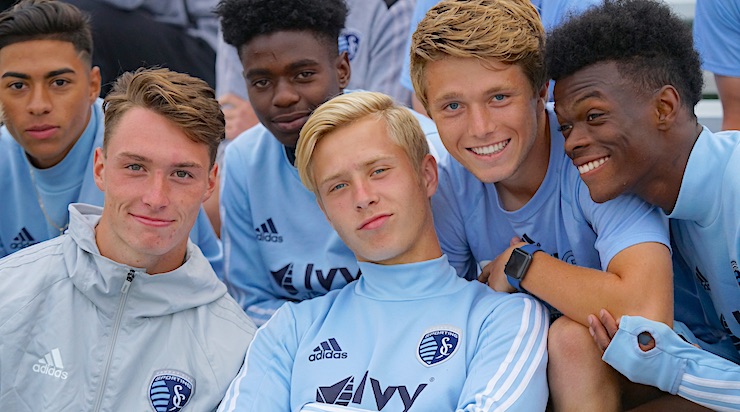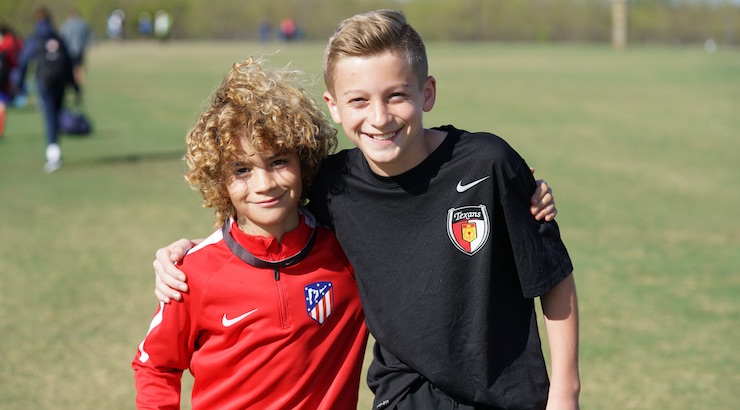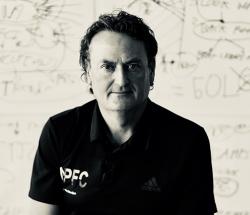What Are The Differences in Player Development Between Europe and America?
Albert Puig is a former FC Barcelona Youth Technical Director and now the Assistant Coach of New York City FC. A globally respected leader in player development, Puig’s famed La Masia developed the likes of Andres Iniesta, Gerard Pique, and Lionel Messi. Puig is the founder of APFC Courses – a program to help educate soccer coaches.
In America, the children dare to invent. This is an Advantage.
Youth Soccer News: Since my expedition to the US, I have been able to notice the differences in American and European football (soccer). Let’s start by first establishing that in development soccer there are three stages that should be universally respected.
Related Soccer News: ALBERT PUIG ON DEVELOPING BETTER YOUTH SOCCER COACHES
Youth Soccer Training & Player Development Coordination: Stage Ages: 6 – 12
What is it? The objective of this stage is to identify the virtues of the player, what he/she does well in a natural manner.
In this first stage, it is very important that the player plays freely.
In this stage, the footballer builds his/her identity, i.e., by what he/she will be known or portrayed as a player (dribbling, feints, aerial skills, etc.). This stage is fundamental to develop and identify the coordinating talent and creativity unique to each player.
Who is better – The USA or Europe?
In this first stage, Europe outshines the USA, since children in America still have no culture of playing on the streets, in parks, between classes at school, etc.
Soccer is something new and many parents have never played, that is why they have not taught their children to play the sport 24/7. In Europe, however, this culture exists and has for generations.
Now, in this regard, there is something positive in favor of the US.
The pressure that exists in places like Europe — with a huge soccer culture — can be negative at this early stage.
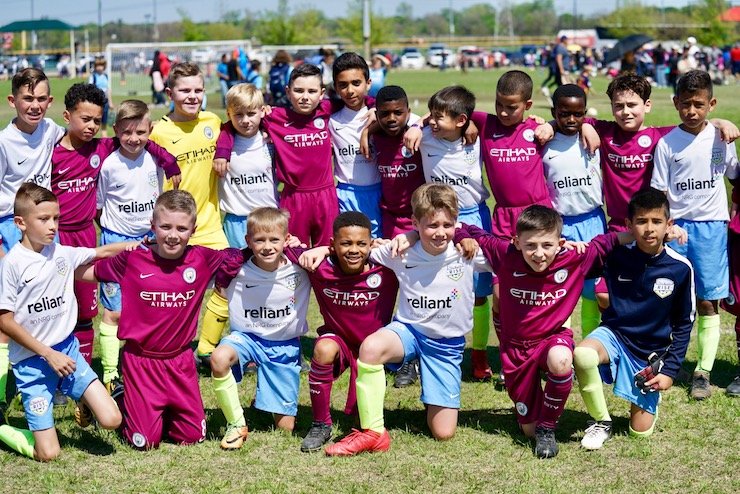
There is pressure from parents and coaches, so creativity is restricted for fear of making mistakes.
When feeling pressured in an environment, players do not dare to risk, to invent, to imagine in their game.
In the USA, since that pressure does not exist, the children are not afraid to fail, and they dare to invent. This pressure and the lack of risk taken, continues in the next stage, the cognitive stage.
Youth Soccer Training & Player Development Coordination: Cognitive Stage (Ages: 12 – 16)
What is it? The second stage is called the cognitive stage and it represents all players from 12 to 16 years of age.
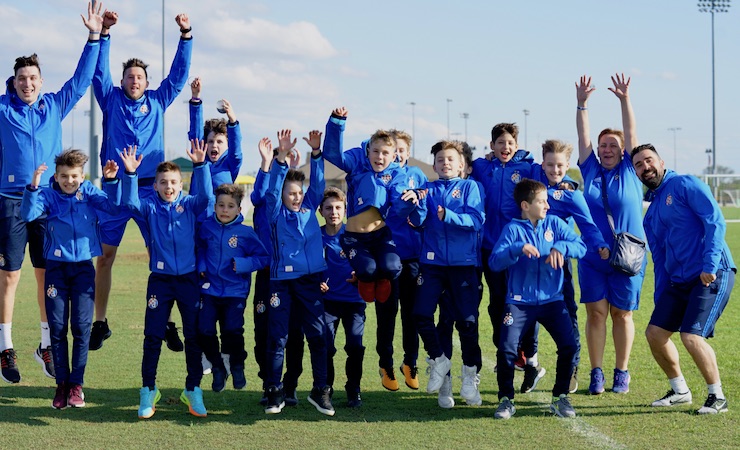
In this stage, the coach has a very important role, since this is the period of assimilation of concepts for the player.
The coach in this stage teaches the game to the player through concepts and fundamentals in order for the player to make good decisions and have criteria of the game.
To dominate the ball and that the ball does not dominate you is key to the formation of a soccer player.
The more information I have as a player, the better soccer player I will be.
The more details a player has of the game, the more coaches correct a player — the better they teach a player — the better soccer player he or she will become.
Who is better – The USA or Europe?
In this stage, Europe is better than the United States, since the methodology and content are much richer than in the United States.
There is more emphasis on the pedagogical part by European coaches.
Consequently, the player receives more and better information and therefore can make better decisions because he/she understands the game (composed of time, space and deception).
If I understand the game, I make better decisions, and if I make better decisions, I am a better player.
We have mentioned the lack of creativity caused by the pressure in Europe in the Coordination Stage and that similarly influences this stage.
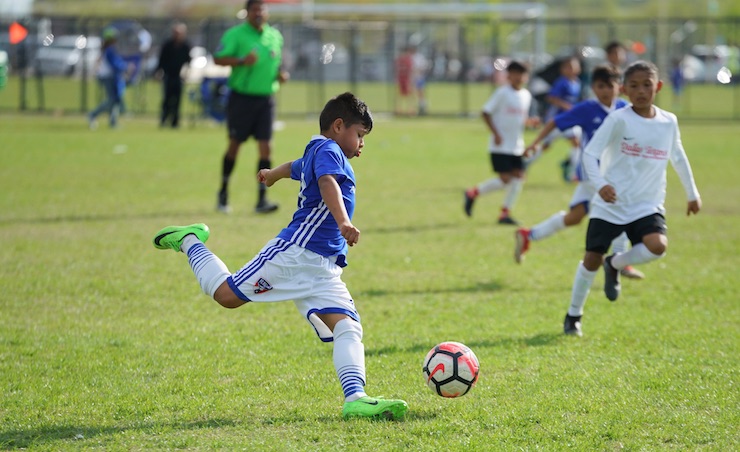
That’s why the USA could be a good environment for this stage if there was more knowledge of the game from the coaches. Since the effort of trying new things brings rewards and in the absence of a high intensity and competition rhythm, the player is given more space for creativity and comprehension of concepts.
American children are usually disciplined and are cognitively talented, or in other words, fast learners. The pre-disposition to learn new concepts is very high and is stimulated in schools, family, etc.
Youth Soccer Training & Player Development Coordination: Competitive Stage (ages 16 – 18)
What is it? When the child has developed a player identity (what kind of player I am) in the Coordination Stage and understands the game — concepts and fundamentals of soccer — in the Cognitive Stage, then he/she is ready to express everything in a competitive environment.
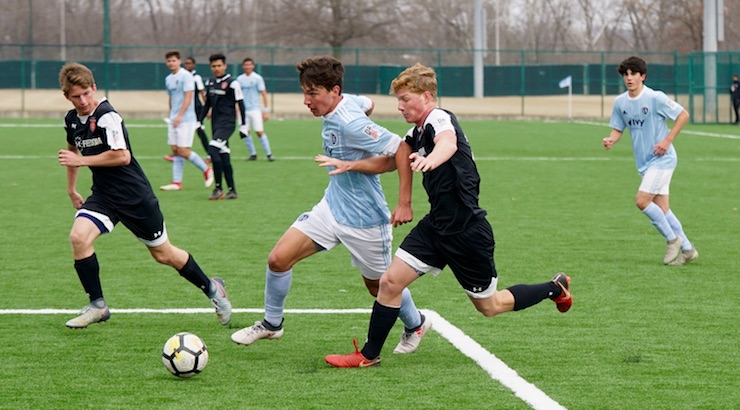
This stage consists of competing with and against different styles of games through all the universal fundamentals of games that the player has learned.
After this stage, at 18, I am PRO, or I am not PRO.
Who is better – The USA or Europe?
Unlike the United States, in Europe, the degree of competitiveness is very high.
In the USA there is no environment where the child can be exposed to a real level of competitiveness between the ages of 16-18.
Finally, I leave you a reflection, 80% of professional players have cognitive talent and only 20% have coordination talent.
What do I mean by this?
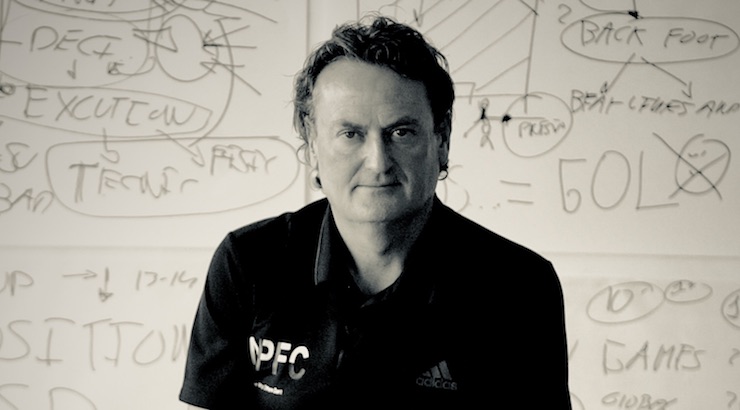
80% of the players who are professionals do not have any kind of coordination talent, but through hard work every day, and at the same time receiving information to develop as a player, this is what makes the difference.
The 80% that are PRO is because they dominate the game and the game does not dominate them.
80% of actions in a match require a very simple technical action.
Most of the actions in a match do not have any difficulty to be performed.
Why do we complicate our lives so much by wanting to teach soccer?
The key is to explain the complexity of soccer through simplicity. Remember, we are working with children.
In the USA, there are children with a better physique and who are more disciplined.
How is it possible that countries with as little a population as Belgium, Croatia or regions like Catalonia produce so many high-level players?

The key is in the assimilation of concepts and game habits with and without the ball and not in the repetition of technical actions. In the USA, a lot of emphases is placed on training soccer through repetition and repetition of movements.
Children in the USA have a love for the ball when they should feel love for the game itself.
This is the consequence of the repetition of movements where the ball is the protagonist and the only reference.
Exercises without decision-making has no impact on the formation of the player.

Soccer is a global game where each action is different and never repeated between them, so the decision of the soccer player is everything.
This is only possible through the practice of global exercises where the variables like the ball, adversary, space, teammates, and opponent exist.
There are no bad students, just bad teachers.
The United States has intelligent and disciplined children. It is time for coaches/trainers to value this and exploit cognitive talent. Only then can US Soccer take a leap in quality.
